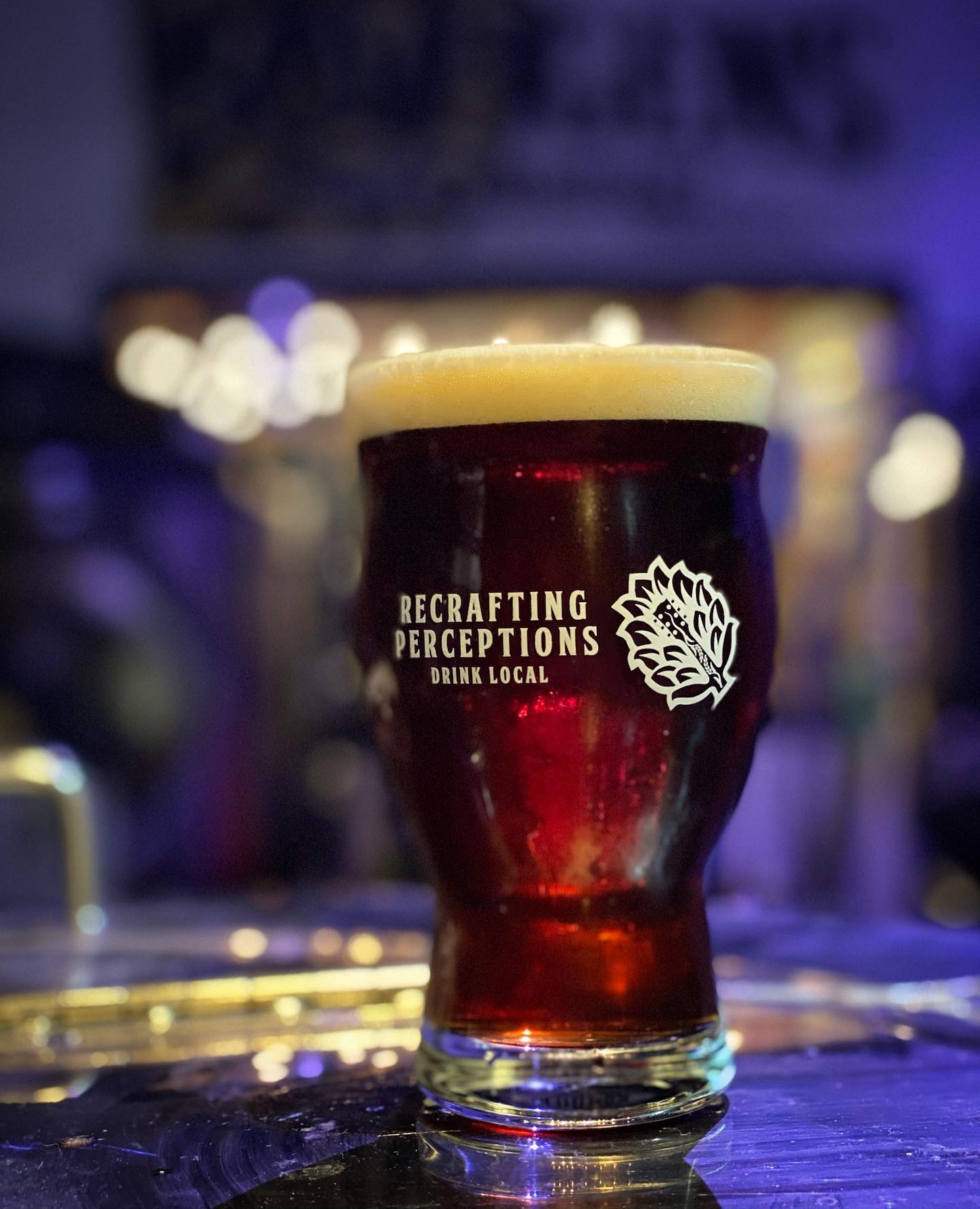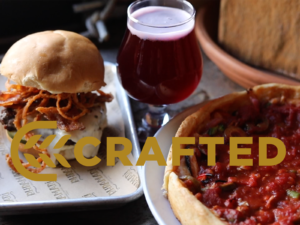Amber Ale
What is an Amber Ale?
Amber Ale, a popular style of pale ale, is distinguished by its rich amber color and complex flavor profile. The unique hue is achieved through the use of caramel and toasted malts during the brewing process. This ale typically features a medium body with a balanced blend of malt and hop flavors. Often, it has a moderate to high level of bitterness, complemented by subtle caramel or toffee notes and a toasty, biscuit-like aroma. With an alcohol content ranging from 4% to 7% ABV, this beer is best enjoyed at a temperature of 45-50°F.
Amber Ale History and Origins
Amber ale has its roots in the early American craft beer movement, emerging in the 1980s as brewers sought to create beers that were both flavorful and distinct from the pale lagers dominating the market. Drawing inspiration from English and Belgian styles, amber ales became known for their rich color and balanced flavor profile. The use of caramel and toasted malts gives these beers their signature sweetness and complexity. This combination makes them a favorite among beer enthusiasts.
Tasting Notes
Amber ales are renowned for their multi-faceted flavor profile. On the palate, you might notice:
- Appearance: A rich amber to copper color with a creamy off-white head.
- Aroma: A blend of caramel, toasty malt, and hints of biscuit or toffee.
- Flavor: Sweet malt flavors dominate, often accompanied by a subtle caramel or toffee note. The moderate hop bitterness provides a balanced finish that prevents the sweetness from becoming overwhelming.
- Mouthfeel: Medium-bodied with a smooth, slightly creamy texture.
Food Pairing
- Grilled or Roasted Meats: Amber ales’ malty and caramel flavors beautifully complement the savory richness of grilled or roasted meats such as pork chops, chicken, or steak. Additionally, the beer’s slight sweetness enhances the overall flavor of the meat.
- Pizza: The caramel notes in amber ale balance the savory and cheesy goodness of pizza, making it a versatile choice for a variety of toppings.
- Burgers: This beers’ rich, malty flavors pair well with the juicy, meaty essence of burgers, creating a satisfying experience.
- BBQ: The bold malt character of amber ale enhances BBQ dishes like ribs, pulled pork, or brisket, adding depth to the smoky and tangy flavors.
- Spicy Dishes: The malty sweetness of the beer effectively balances the heat in spicy dishes, making it a great match for Thai or Mexican cuisine.
- Cheese: Amber ale’s malt sweetness complements a range of cheeses, particularly cheddar, gouda, or blue cheese, enhancing their flavors.
Serving and Enjoying
- Serving Temperature: To enjoy amber ales at their best, serve them slightly chilled, between 45-50°F. This temperature highlights the beer’s complex flavors and aromas.
- Glassware: Utilize a tulip or pint glass to enhance the drinking experience. These types of glasses concentrate the beer’s aromas effectively.
- Food Preparation: For optimal pairing, choose slightly charred or roasted dishes, which match well with the caramelized malt flavors of the beer. Conversely, avoid overly sweet dishes as they might overshadow the beer.

Brewery Spotlight: Notable Amber Ales
Several craft breweries are renowned for their exceptional Amber Ales. Here are a few to explore:
• Bell’s Brewery’s – Amber Ale
Bell’s Amber Ale is celebrated for its smooth, malty sweetness balanced with mild hop bitterness. It offers rich flavors of caramel, toffee, and a hint of roastiness, making it a well-rounded and approachable Amber Ale.
• Alaskan Brewing Company’s – Amber Ale
Alaskan Amber is a popular choice among Amber Ale enthusiasts. Known for its smooth, malty character with notes of caramel and a subtle hop presence, this beer is brewed with Alaskan glacier water, effectively showcasing the style.
• Anderson Valley Brewing Co.’s – Boont Amber Ale
Anderson Valley’s Boont Amber Ale is well-regarded for its rich malt flavors and balanced bitterness. With a blend of caramel and toasty notes, this Amber Ale offers a complex flavor profile and a smooth finish, making it a standout choice.
Amber Ale Variations
Amber Ale offers versatility and presents several distinct variations. Notably:
American Amber Ale: This version is characterized by a pronounced hop profile while maintaining a balanced malt presence. For instance, it often features caramel and toasty flavors complemented by noticeable hop bitterness.
English Amber Ale: In contrast, this variant focuses on malt sweetness and complexity. Typically, it showcases restrained hop bitterness with flavors of caramel, toffee, and biscuit, culminating in a smooth finish.
Belgian Amber Ale: Meanwhile, this style blends traditional Amber Ale malt flavors with Belgian yeast. Consequently, it introduces fruity and spicy notes, resulting in a complex and intriguing beer.
Brewing Process
The brewing process for these ales involves several key steps that contribute to their distinct flavor and color. Firstly, the use of specialty malts, such as caramel and toasted malts, is essential. These malts are kilned at higher temperatures, which develops their unique flavors and colors. Additionally, brewers often use a combination of hops to balance the sweetness of the malt with a moderate level of bitterness. The fermentation process typically takes place at warmer temperatures than lagers, which helps develop the complex flavors associated with amber ales.
Growing Popularity and Cultural Significance
In the world of beer festivals and competitions, amber ales often stand out due to their distinctive taste and appeal. These beers have won numerous awards and accolades, further cementing their place in the craft beer scene. Additionally, amber ales have played a role in the resurgence of traditional brewing techniques. Many brewers experiment with historical recipes and ingredients to create unique variations of this beloved style.
Conclusion
Amber ale is a versatile and flavorful beer that pairs beautifully with a wide range of foods. Understanding its flavor profile and experimenting with different pairings can elevate your dining experience. For example, you might discover new combinations that enhance both the beer and your meal. Whether you’re enjoying a burger, BBQ, or cheese, this ale offers a balanced and satisfying accompaniment.




